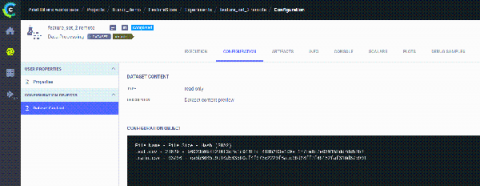Keep your cloud close and your data closer
Everyone knows that more and more data is moving to the cloud. According to the latest research, 94% of all enterprises use cloud services and 48% of businesses store classified and important data in the cloud. While the cloud is ubiquitous, in practice it consists of data infrastructures in various locations around the world. The question of where the cloud data infrastructure storing your specific data is located is becoming increasingly important.









